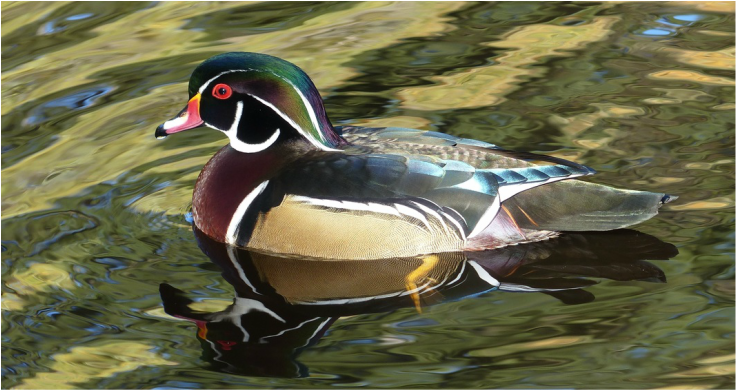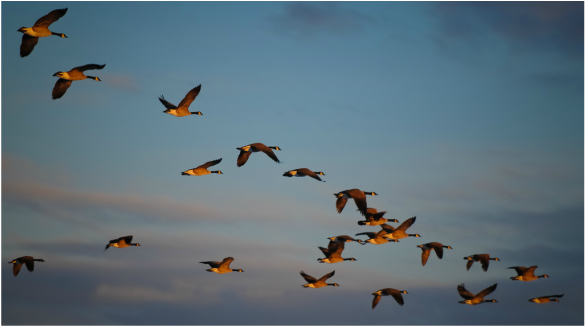The Intro
Not only is Vancouver one of the most beautiful cities in the world, but it also boasts world class bird watching. This country is spread out over a multitude of Micro ecosystems, from the spectacular snow-capped mountains to the north, to the farmlands in the south and east. All of it is transected by the mighty Fraser River meandering through marshland, multi-armed, to the Pacific Ocean to the west. This little portion of heaven is also one of the major stops on the Pacific Flyway giving it one of the best spots for migration birding. It rarely freezes solid along the coast in the winter months, which makes it one of the only spots in Canada for winter birding of terrestrial migrants. Vancouver is solidly in the Temperate Rain Forest as well as having areas that are in the rain shadow of Vancouver Island. These two environmental facts give it an average yearly rainfall difference of 55 inches. In the south, near the border, there is just 45 inches of rain contrasting with the 99 inches that fall along the mountains to the north, all of which is located within an hour’s drive. If you are looking for an amazing birding experience, Vancouver is one of the world’s best and as a bonus, you will get the amazing scenery thrown in for free.

